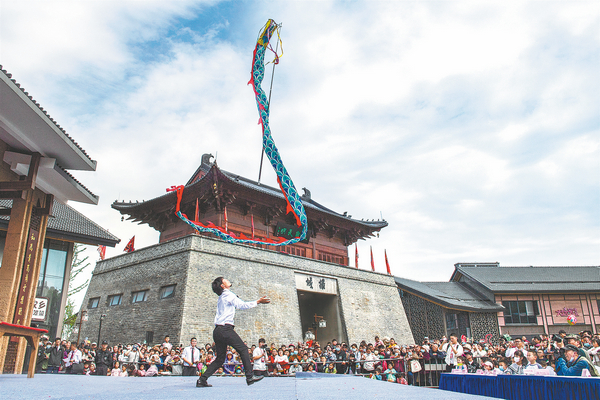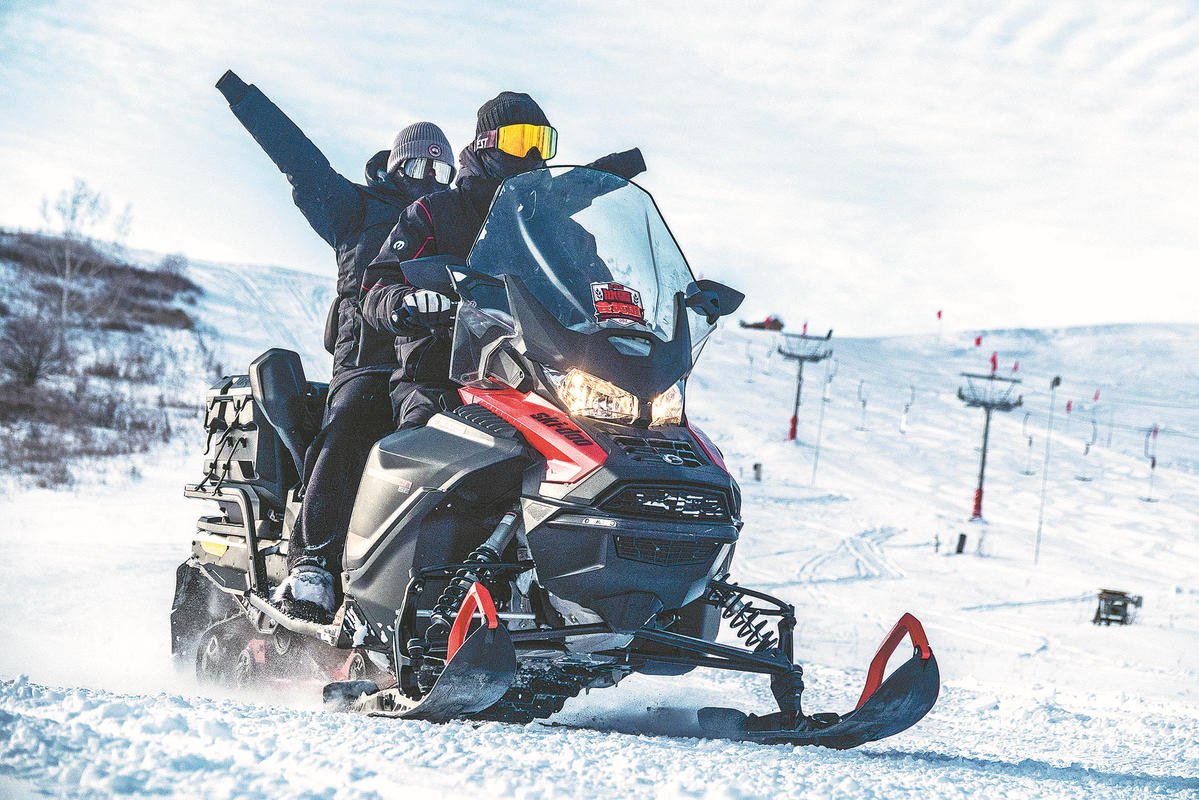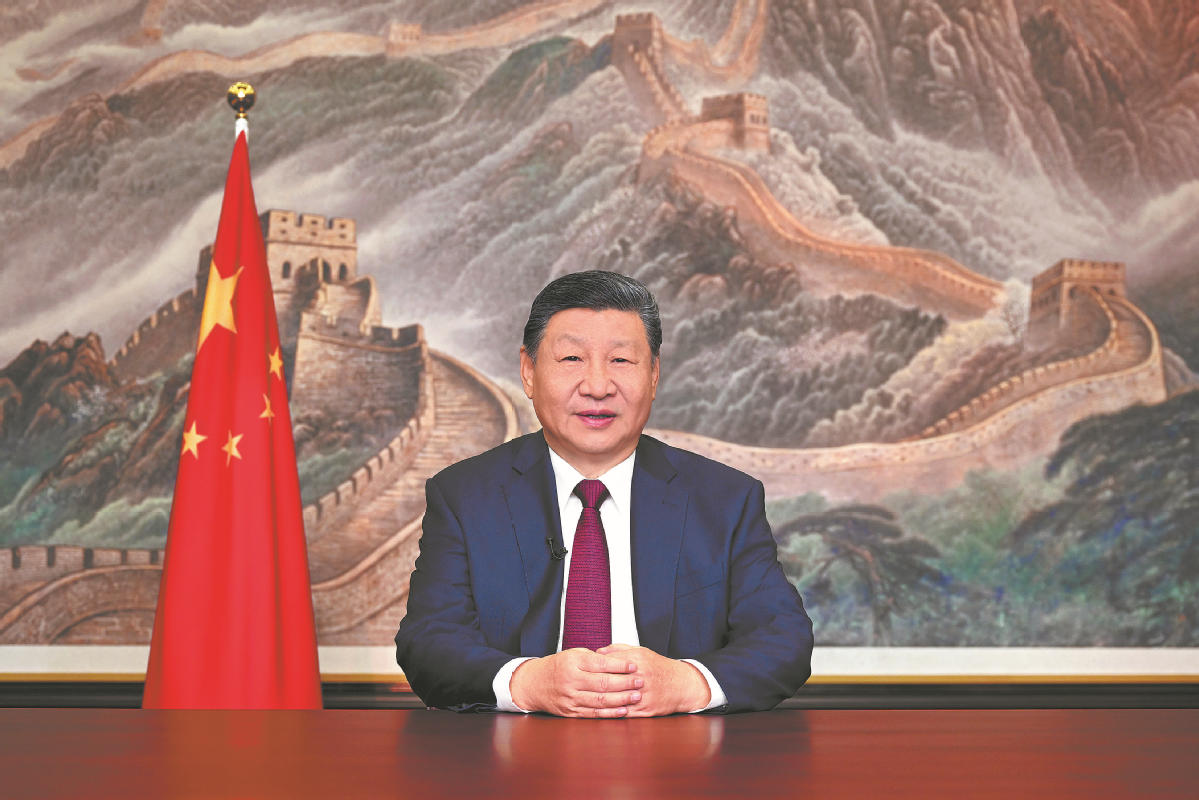Giving the lion dance more bite
By Yang Feiyue | China Daily | Updated: 2023-08-17 07:59

Expertise and various cultural elements combine to add to the spectacle and attract new enthusiasts.
The lively and robust beat of gongs and drums from Yang Feilong's training facility can be heard more than a kilometer away.
As the door is pushed open, the sound floods the air and is abruptly overwhelming, while a group of young people dressed in multicolored lion-shaped costumes jump into view.
They nimbly move on the densely arranged iron piles, fixed to the ground, of varying heights, while completing agile flips and twists to showcase an extraordinary performance that exudes the charm of local folk culture.
Through their maneuvers, the dancing lion takes on a life of its own, displaying a variety of poses, from sitting and crouching to drinking water and licking its tail.
"The key lies in cooperation among the performers," says Yang, who observes the lion dance practices and gives his instructions.
"You also have to know how to exert force and put your heart into the performance, so the lion can be presented in a way that it looks real," adds Yang, who was recently named a model young inheritor of lion dance in Xitao town, Wuzhi county, Jiaozuo city, Central China's Henan province, by the provincial intangible cultural heritage protection center.
The show requires everyone to play their role to the full.
For actors in the lion head part, they have to be agile and deliver rich facial expressions.
























